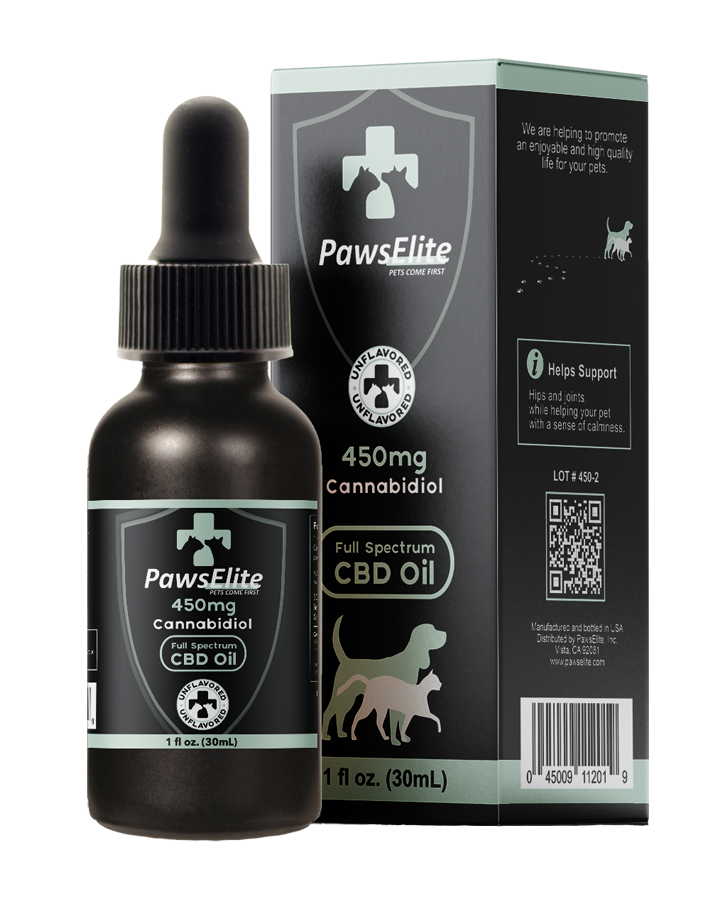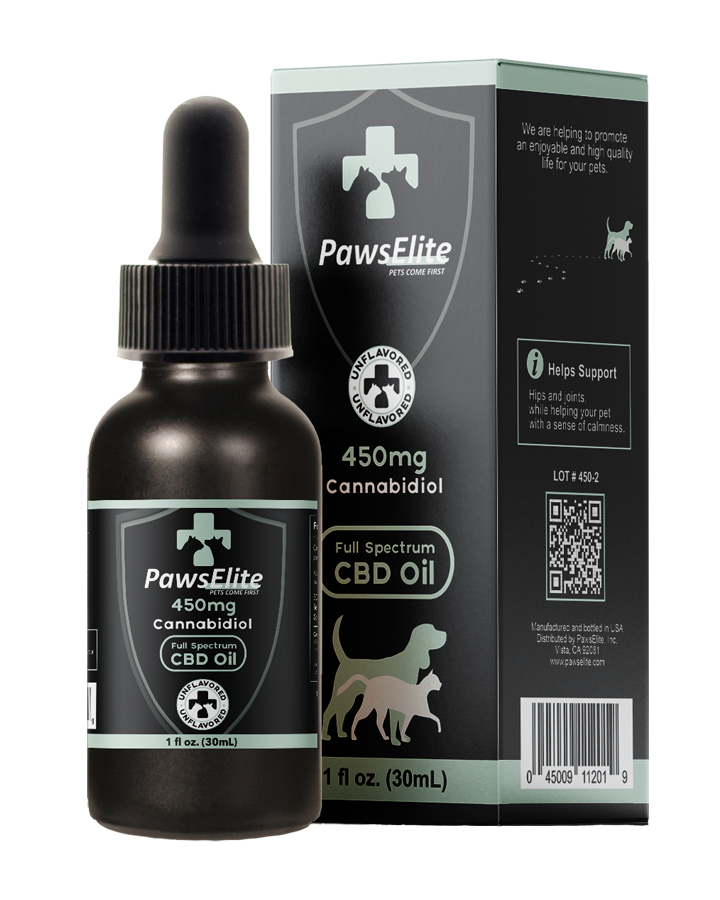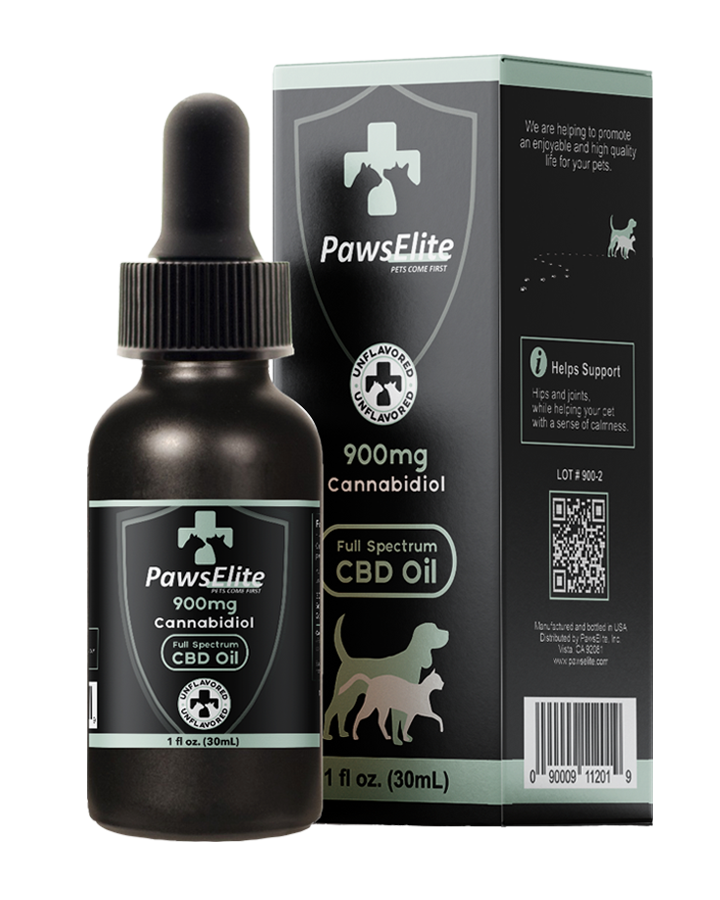How to lower the cost of insurance for your dog in 2024?
Share
As a pet owner, ensuring your dog’s health and well-being is a top priority, and pet insurance does afford some peace of mind in that regard. The problem is, it can be somewhat expensive to purchase pet insurance for some pet owners. Fortunately, there are several ways you could lower the cost of your dog's insurance without missing the coverage. Here are some tips to help you:
1. Compare Insurers
Seek the best price for dog insurance. There are a lot of dog health insurance plans with varying levels of coverage, premiums, and deductibles in insurance companies, and you can take the time to compare these plans side by side. This research can easily be done on such websites as Pet Insurance Review, Pawlicy Advisor, and Policygenius.
Ensure that the policy fits in your budget, and consider plans with high deductibles, as their premiums are usually lower in price. Additionally, find out what is the maximum payout by the insurance and the percentage of the vet bill the insurance will cover once you meet the deductible.
2. Consider Higher Deductibles
You may lower the amount of the monthly premium drastically by going with a higher deductible. This means more money out of your pocket before the insurance is going to kick in, but it is great if your dog has been healthy, and you have not gone into the vet's office with him or her that often. Base your dog's health history and possible future needs on whether this option will work best for you.
3. Tailor Your Coverage
Not every dog needs the same amount of cover. So, tailor your plan according to dog needs. The cheapest plans are accident-only plans; they protect the owner against the cost of injuries due to an accident, but they do not cover types of illnesses. Wellness plans can pay for routine care like vaccinations and check-ups, but they may not be cost-effective if you have a generally fit and healthy dog.
Plans that cover older dogs will usually offer very extensive coverage since different kinds of health issues may manifest in your dog as he/she gets older. On the other hand, young dogs might do well with basic accident and illness plans.
4.Avail the Multi-Pet DiscountIn case you have more than one pet, seek out insurers that allow multi-pet discounts. You can be sure of healthy savings if you insure some of your pets through the same provider. In addition, handling one policy for all the pets reduces administrative hassles.
5. Keep Your Dog Well
A healthy dog is less likely to need frequent veterinary care, which can help keep insurance costs down. So, try to get your dog to do regular exercise so that he/she can remain in perfect shape and has a lower risk of getting obesity. Also, offer your dog a balanced diet which includes all the important elements that will make your pet fit and full of energy.
Lastly, remember that regular visits to the vet can help in early diagnosis of health problems before they develop into severe and costlier diseases. The most common health issues are avoidable if there is preventive care such as vaccination, flea and tick prevention, and dental care.
6. Consider Self-Insuring
For some pet owners, self-insuring might be a viable option. This route is based on the principle of setting aside a sum of money every month from your budget in a separate account, which is what many people do anyway for potential veterinary expenses. Although it won't compare to an actual insurance policy, it might turn out to be a cheaper way to cope with routine and unexpected veterinary expenses if you are disciplined enough to keep saving money.
7. Look for Group or Employer Discounts
Some employers provide pet insurance as part of the benefits to their employees, often at discounted rates. Some membership organizations and professional groupings can also assist access to getting the best possible cover for your companion at a discounted rate. Check with your employer or any group you belong to see if this is possible.
8. Use Preventive Care
Preventive care can help avoid more serious and costly health issues down the line. Many of the insurance providers include or display plans on their own that offer preventive care. This may include annual check-ups, vaccinations, flea and tick and heartworm preventatives, and dental cleanings. Preventive measures will help keep major health complications at bay and thus will keep your wallet and pet healthy.
9. Regularly Review and Adjust Your Policy
Your dog's health and needs will change over time; so should your insurance policy. Review your policy annually to ensure it still suits all of your needs. You can raise or lower coverage levels, change deductibles, or add/remove riders to better manage the cost.
10. Seek Expert Advice
If you’re unsure which plan is best for your dog, consider consulting with your veterinarian. They can provide insights into your dog’s health and potential future medical needs, helping you choose a policy that offers the best value.
Conclusion
Lowering the cost of insurance for your dog in 2024 requires a mix of smart shopping, coverage customization, maintenance of health conditions for your dogs, and availing discounts. With these simple tips, you can be certain of great care for your furry little friend without financially damaging your wallet. Always bear in mind that finding a good deal means fine-tuning the balance between costs and your needs.







